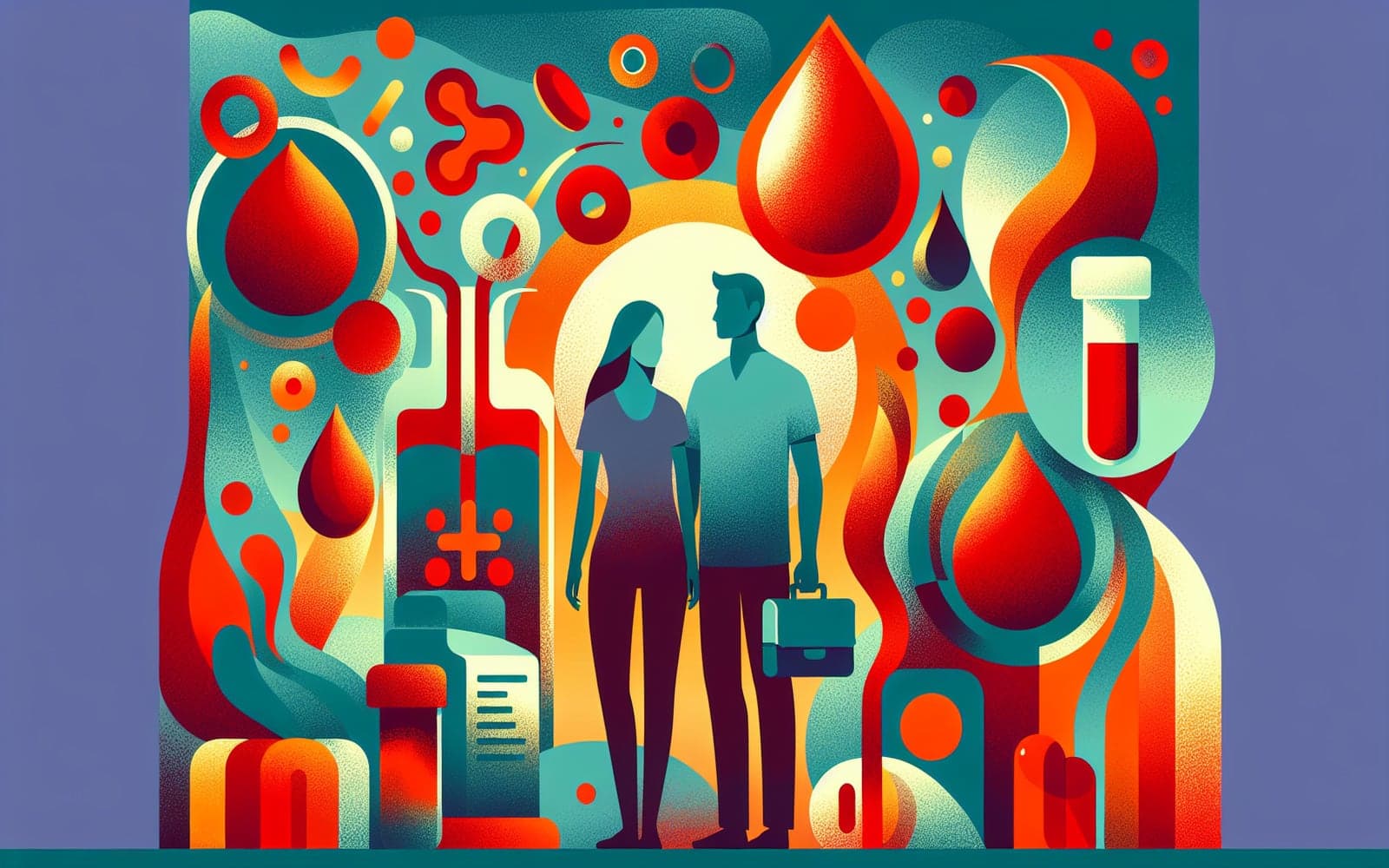Iron Deficiency Anemia: Are You at Risk?
Iron Deficiency Anemia: Are You at Risk?
The Big Picture
Iron deficiency anemia affects over a quarter of the global population. Learn about the symptoms and find out if you are at risk.
Contents
- What is Iron Deficiency Anemia?
- Recognizing the Symptoms
- Who is Most at Risk?
What is Iron Deficiency Anemia?
Iron deficiency anemia is a condition where your body lacks enough iron, leading to reduced production of hemoglobin in red blood cells. This deficiency can result in symptoms like fatigue, weakness, and shortness of breath. The good news is that with proper diagnosis and treatment, most people can manage their symptoms effectively and restore their iron levels.
Recognizing the Symptoms
The symptoms of iron deficiency anemia can vary from mild to severe and may include fatigue, weakness, and pale skin. Some people may experience unusual cravings for non-nutritive substances, a condition known as pica. Others might notice restless leg syndrome or irritability. It's important to recognize these symptoms early and seek medical advice for proper diagnosis and treatment.

Who is Most at Risk?
Certain groups are more susceptible to iron deficiency anemia, including women with heavy menstrual periods, pregnant women, and individuals with poor dietary intake. Those with gastrointestinal disorders that impact nutrient absorption are also at risk. Infants and children who consume diets low in iron, as well as athletes with high physical demands, should be monitored for this condition.
FAQs
What causes iron deficiency anemia?
It is caused by insufficient iron intake or absorption.
What are common symptoms?
Common symptoms include fatigue and weakness.
Who is at risk?
Women, pregnant women, and those with poor diets are at risk.
Can iron deficiency anemia be treated?
Yes, through diet changes and iron supplements.
What is pica?
It's a craving for non-nutritive substances like ice.
Wrapping Up
Understanding your risk for iron deficiency anemia can lead to early intervention and better health outcomes.
Additional References
- Auerbach M, Adamson JW. How we diagnose and treat iron deficiency anemia. Am J Hematol 2016; 91:31.
- National Institutes of Health. Iron: Fact Sheet for Health Professionals. https://ods.od.nih.gov/factsheets/Iron-HealthProfessional/
- Auerbach M, Deloughery T. Single-dose intravenous iron for iron deficiency: a new paradigm. Hematology Am Soc Hematol Educ Program 2016; 2016:57.
This article has been reviewed for accuracy by one of the licensed medical doctors working for Doctronic.











